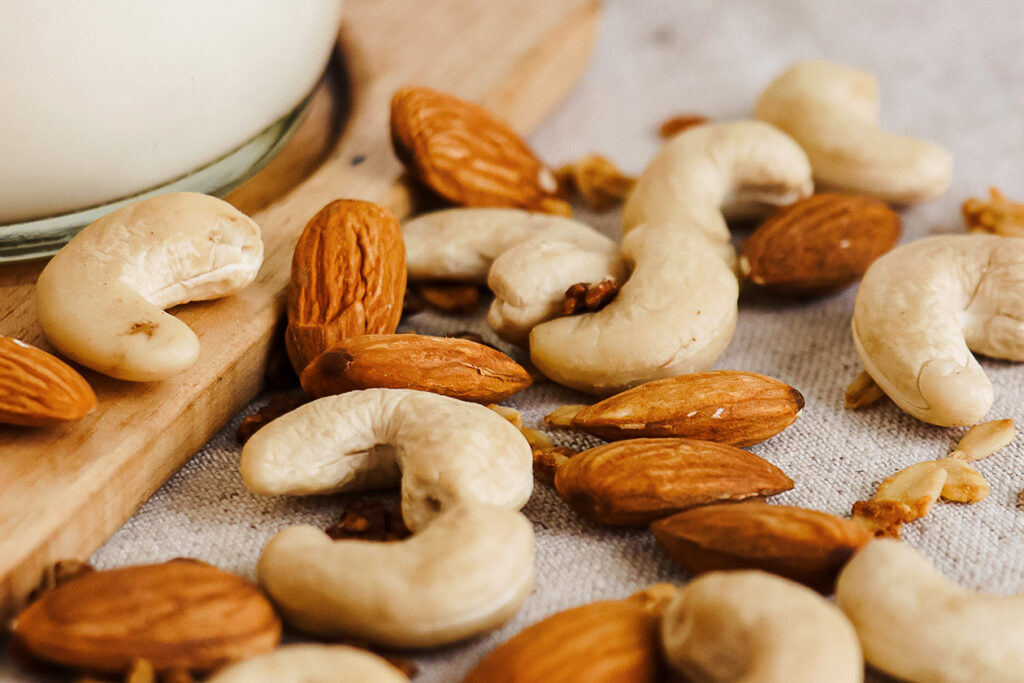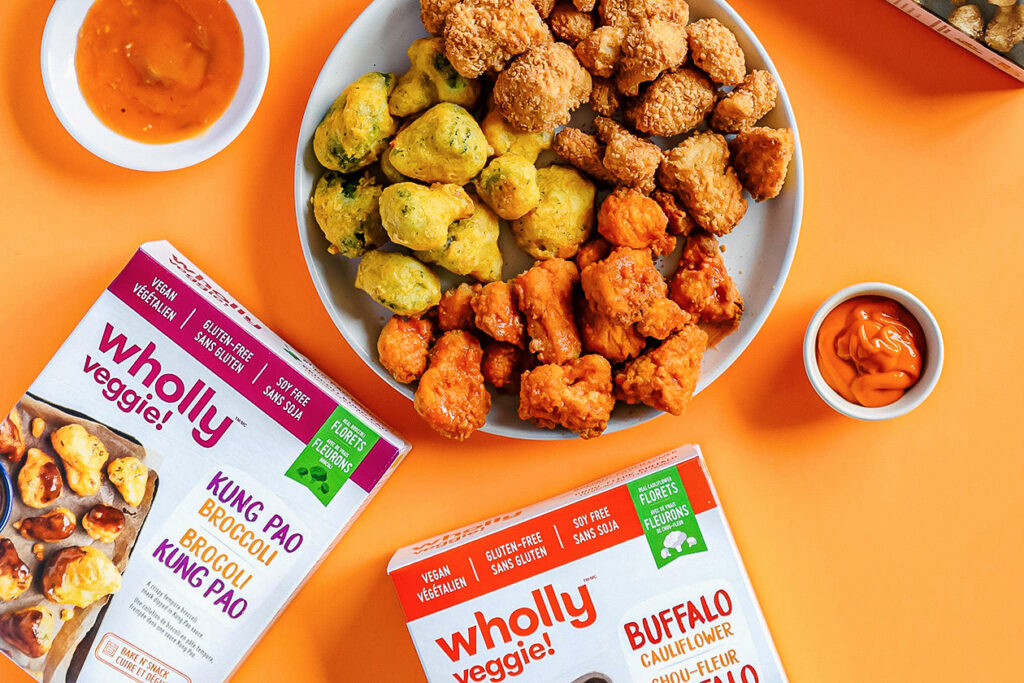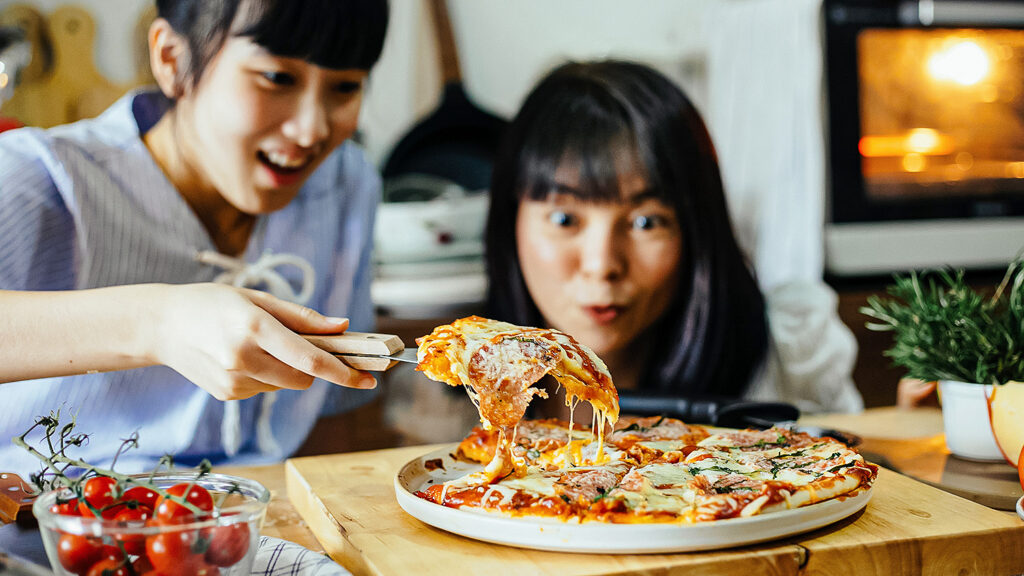If you’re eating a gluten-free diet, you may have noticed that many of the foods are already plant-based: fruits, nuts, seeds, vegetables, and legumes. So if you are looking to adopt a gluten-free vegan diet, there are many foods to choose from.
Let’s start with the basics. Gluten is the name of the proteins that are found in several grains: wheat, rye, barley, and a rye/barley hybrid called triticale. Grains that contain wheat include whole wheat, bulgur, farro, farina, spelt, graham, durum, bromated flour (flour treated with potassium bromate), kamut (Khorasan wheat), and wheat berries. Wheat, rye, and barley are found in pastas, breads, and cereals, while barley is found in malt, food coloring, and brewer’s yeast. On a gluten-free diet, you also cannot eat couscous, which is made from semolina (durum wheat).
Most of the population can consume gluten without any issues. However, 1 in 100 people in the world become ill from eating foods containing gluten. This autoimmune disease is called celiac disease, sometimes also referred to as being “gluten intolerant.”
If you have celiac disease, consuming gluten can damage the lining of your small intestine and affect nutrient absorption, according to the Celiac Disease Foundation. Symptoms of celiac disease or gluten intolerance include diarrhea, bloating, abdominal pain, and an itchy rash.
People with celiac disease, people who are gluten sensitive but not intolerant, and those with a wheat allergy all will eat a gluten-free diet. However, some people who don’t have any gluten sensitivities have adopted a gluten-free diet because it is regarded as healthier—although evidence does not support this claim, according to a 2015 study.
Whether you’re adopting a gluten-free vegan diet for health reasons or by choice, you have a lot of delicious options for foods to eat.

What Do Gluten-Free Vegans Eat?
If you’re on a plant-based diet, you can also be gluten-free. Here’s what you can eat:
- Gluten-free whole grains, including wild rice, brown rice, quinoa, millet, and others
- Vegetables
- Corn and corn-based flours and syrups
- Fruits
- Legumes, including lentils, beans, and soy-based foods like tofu and tempeh
- Nuts
- Nut milks, such as soy milk, almond milk, and macadamia milk
- Dairy-free chocolate made from cacao and nut butter
- Flour made from nuts, such as almond flour
- Other flours like rice flour, coconut flour, cassava flour, and tapioca flour
- Rice noodles
- Seeds
- Nori (dried, edible seaweed)
- Oils, including olive oil, vegetable oil, and coconut oil
- Oats
A note about oats: Oats are a gluten-free whole grain, and that’s true whether you’re eating rolled oats, steel cut oats, oat bran, or oat groats.
However, a small number of people with celiac disease are also sensitive to oats. This may be due to cross-contact between oats and wheat, barley, or rye. Make sure that any oats you purchase are labeled as “gluten-free,” “certified gluten-free” or “pure, uncontaminated.”
There are several brands that sell some gluten-free vegan products. Check out:
- Starlite Cuisine Vegan Taquitos
- Gardein Chick’n Scallopini
- Daiya Cheeze Lover’s Pizza
- Wholly Veggie! Ranch Cauliflower, Kung Pao Broccoli, and Buffalo Cauliflower
- Amy’s Kitchen Tofu Scramble, Vegetable Korma, and others
- Numerous flours from Bob’s Red Mill
The Benefits of a Gluten-Free Vegan Diet
Given the wide range of foods that are both plant-based and gluten-free, it is easier than ever before to be a gluten-free vegan.
Here are some of the main benefits for you to consider:
It’s lower in saturated fat
Eating foods with saturated fats can raise your cholesterol levels, which is associated with an increased risk of heart disease and stroke, according to the American Heart Association. Saturated fats are found in many meat and dairy products. When you’re eating a plant-based diet, you won’t consume any of those foods.
You get your protein from legumes
It is essential to get enough protein when you are on a plant-based diet. Protein is a crucial component of our nutritional wellbeing; it is an energy source and it builds muscle and bones. Legumes are a good source of gluten-free vegan protein. Edamame, lentils, and beans are also potential options.

Legumes are inexpensive
Legumes are also the least costly way to acquire protein. Not only are many canned legumes inexpensive, but they can be purchased (usually in dried form) in bulk bins at your supermarket. And, legumes do not spoil quickly.
There are some easy gluten-free swaps to be made
- Gluten-Free bread: Check out brands like Udi’s Gluten-Free and Schar Gluten-Free, which have gluten-free vegan options.
- Tortillas: Flour tortillas are not gluten-free. But corn tortillas hit the sweet spot of being both plant-based and gluten-free.
- Soy sauce: Many soy sauces contain wheat. However, tamari and coconut aminos are both gluten-free.
- Flour: Tapioca, coconut, cassava, white rice, brown rice, oat, and bean flours are all gluten-free.
- Pasta: Gluten-free pasta is fairly common in most supermarkets these days. However, some brands use eggs or egg whites as a binder. Your best bet may be rice noodles, which are typically vegan in addition to being gluten-free. As always, check the label before you buy!

Disadvantages of a Gluten-Free Vegan Diet
There will be some nutrients that you’ll have to put in more effort to acquire on a gluten-free vegan diet. Here are some things to keep in mind:
You will need to find other sources of insoluble fiber
Fiber—not so sexy, but it’s important! Fiber helps solidify our stools and have comfortable bowel movements (among other tasks). There are two types of fiber that our bodies need: soluble fiber (which dissolves in water inside us) and insoluble fiber (which does not dissolve). Soluble fiber is found in oats (which are gluten-free), citrus fruits, beans, peas, apples, and other foods. Insoluble fiber, meanwhile, is in many foods containing gluten: whole wheat flour and wheat bran. Given that a 2016 review of studies on the gluten-free diet found that it is nutritionally poor in fiber, you’ll need to find other sources of insoluble fiber. Fortunately, many vegetables are all good sources of this important nutrient: green peas, broccoli, turnip greens, Brussels sprouts, and potatoes, to name a few. (Really, all cruciferous vegetables will give you fiber!)
It isn’t always obvious when foods contain gluten
You know to avoid wheat-based spaghetti or slices of rye bread. But there are less obvious foods that may contain gluten, particularly in additives, flavorings, and colorings. Additionally, some plant-based meat alternatives may contain gluten, such as seitan, which is made from wheat protein. For this reason, wheat and gluten may be hidden ingredients in some processed foods. As always, read labels carefully!
Some dairy-free foods contain gluten
Dairy-free and gluten-free products do exist, but you will need to read labels carefully. Some dairy-free cheeses, ice creams, and other vegan foods may have gluten in them when you read the fine print.

You may need to prepare your own food more often
Generally speaking, there are not as many gluten-free vegan options in grocery stores as there are gluten-free options. There’s quite a wide variety of gluten-free breads, pastas, and sauces. But when you read the ingredients list, you may find that they contain milk or eggs. You may find that your best bet is to prepare your own gluten-free vegan foods.
Gluten-free foods can be priced higher
Certain foods that you’ll eat as part of a plant-based diet, such as legumes, are fairly inexpensive. However, products that are labeled “gluten-free” may be sold at a premium. A 2008 study found that in a comparison of 56 gluten-free products and regular products, the gluten-free foods were more costly. One theory as to why gluten-free foods can be priced higher is that processing plants and bakeries may be cleaned more regularly to prevent cross-contamination, and undergo more testing to ensure they are gluten-free.
How to Start a Gluten-Free Vegan Diet
Before beginning any diet, consult a nutritionist who can help you actualize your health goals. If you’re looking to begin eating a gluten-free vegan diet, learn the foods you’ll need to eat in order to get the right vitamins and minerals.
Your first order of business should be getting tested for a gluten sensitivity, if you haven’t already. When you know whether you have celiac disease, a gluten sensitivity (that is not celiac), or a wheat allergy, you will have more information about what foods to eat.
There are plenty of gluten-free vegan recipes to be found online. Try starting with this vegan and gluten-free pizza dough and this recipe for red lentil dhal.
LIVEKINDLY is here to help you navigate the growing marketplace of sustainable products that promote a kinder planet. All of our selections are curated by the editorial team. If you buy something we link to on our site, LIVEKINDLY may earn a commission.


